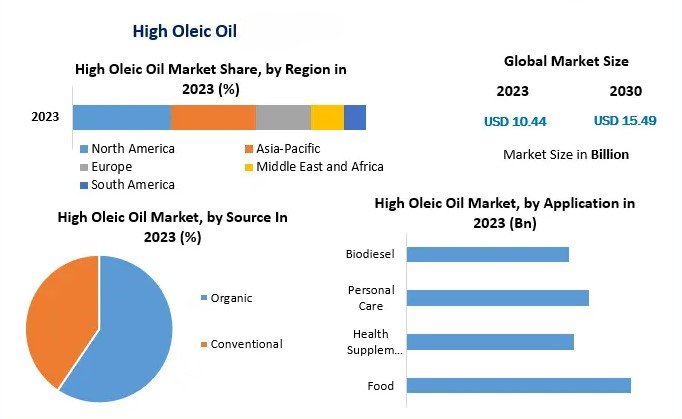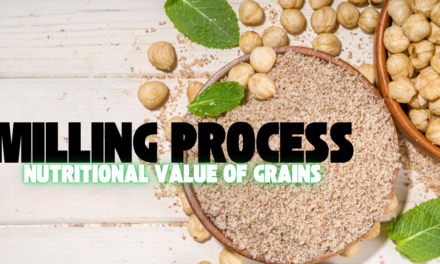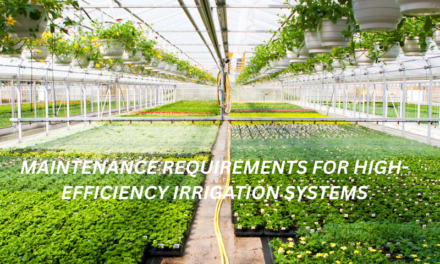High-oleic oils are becoming increasingly popular in the food industry due to their numerous advantages, which benefit manufacturers, consumers, and the environment. Here are the key benefits:
1. Enhanced Oxidative Stability
- Resistance to Rancidity: High-oleic oils are rich in monounsaturated fats, particularly oleic acid, which makes them more resistant to oxidation than polyunsaturated fats. This reduces rancidity, prolongs shelf life, and maintains product quality.
- Heat Stability: These oils are ideal for high-temperature cooking and frying, as they are less likely to degrade and produce harmful by-products.
2. Health Benefits
- Heart Health: High-oleic oils are low in saturated fats and rich in monounsaturated fats, which can help lower LDL (bad) cholesterol and maintain HDL (good) cholesterol levels, supporting cardiovascular health.
- Trans Fat Replacement: They are an excellent alternative to partially hydrogenated oils, which are a major source of trans fats. Eliminating trans fats reduces the risk of heart disease.
3. Versatility in Applications
- Cooking and Frying: Their high smoke point makes them suitable for deep frying and other high-temperature cooking processes.
- Baking and Snacks: Used in baked goods, crackers, and snacks, they improve texture and extend freshness.
- Dressing and Spreads: High-oleic oils are ideal for salad dressings, mayonnaise, and spreads due to their neutral flavor and health benefits.
4. Longer Shelf Life
- Food Preservation: Products made with high-oleic oils stay fresher for longer due to their resistance to oxidation.
- Reduced Waste: Improved shelf life minimizes waste for manufacturers and consumers.
5. Improved Flavor Profiles
- Neutral Taste: High-oleic oils often have a neutral flavor, allowing the natural taste of foods to shine without interference.
- Reduced Off-Flavors: Their oxidative stability prevents the development of off-flavors during storage or high-temperature cooking.
6. Cost Efficiency for Manufacturers
- Fewer Additives Needed: Due to their stability, less reliance on synthetic antioxidants or preservatives is required, reducing production costs.
- Reduced Equipment Wear: Their heat stability results in less residue build-up in frying equipment, lowering maintenance and cleaning costs.
7. Environmental Benefits
- Sustainable Crop Varieties: High-oleic crops (e.g., sunflowers, soybeans, canola) are often developed to require fewer resources, such as pesticides and water.
- Lower Carbon Footprint: Improved oil stability reduces the frequency of oil changes in industrial frying processes, resulting in less waste and resource use.
8. Compliance with Health Regulations
- Alignment with Guidelines: High-oleic oils help food manufacturers comply with regulations that limit trans fats and promote the use of healthier oils.
- Market Appeal: Products made with high-oleic oils can be marketed as healthier options, appealing to health-conscious consumers.
9. Customization and Innovation
- Blending Flexibility: High-oleic oils can be blended with other oils to create custom formulations tailored to specific food applications.
- Functional Ingredients: They can be used in innovative formulations, such as fortified foods or functional beverages, due to their stability and nutritional profile.
10. Consumer Acceptance
- Perception of Quality: Health-conscious consumers increasingly recognize high-oleic oils as superior due to their association with health benefits and clean labeling.
- Dietary Inclusivity: These oils are often free from common allergens, making them suitable for a wide range of consumers.
By incorporating high-oleic oils, the food industry can enhance product quality, meet evolving consumer demands, and promote sustainability while improving operational efficiency.









